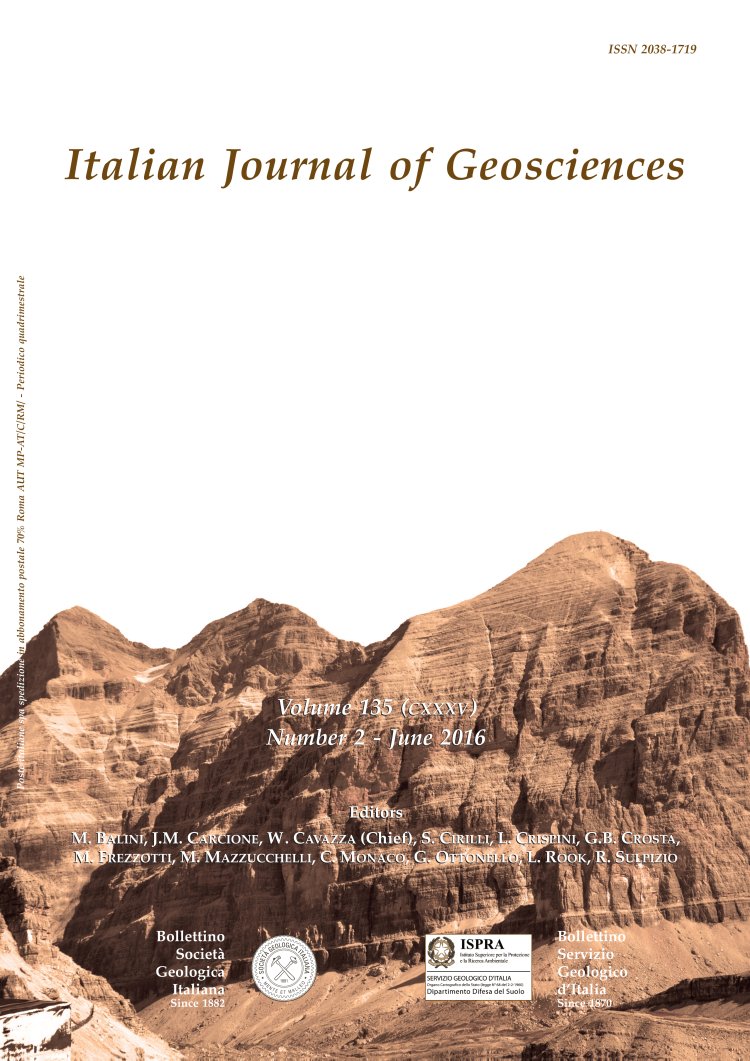
Depositional history of the Epiligurian wedge-top basin in the Val Marecchia area (northern Apennines, Italy): a revision of the Burdigalian-Tortonian succession
Stefano Conti (*), Chiara Fioroni (*), Daniela Fontana (*) & Claudia Grillenzoni (*)
(*) Dipartimento di Scienze Chimiche e Geologiche, Università di Modena e Reggio Emilia, Via Campi, 103 - Modena, Italy. Corresponding author e-mail: daniela.fontana@unimore.it
Volume: 135 (2016) f.2
Pages: 324-335
Abstract
The Burdigalian-Tortonian Epiligurian succession in the Val Marecchia area comprehends different lithostratigraphic units deposited in a wedge-top basin during the northeastern migration of the thrust belt. The succession includes shallow-water carbonates passing to mixed carbonate-siliciclastic and to fine-grained politic sediments, capped by fluvio-deltaic coarse-grained deposits. Detailed field work and stratigraphy has allowed to characterize depositional units and unconformities and to delineate the sedimentary and tectonic evolution of the basin. Tectonics exerted a primary control at different stages. During the Burdigalian, a general uplift of the area allowed the onset of shelfal carbonate sedimentation on underlying Ligurian and Epiligurian deep-water sediments. At the Serravallian the sedimentation was influenced by the thrust reactivations which caused a marked asymmetry in the basin geometry and fill. The subsidence increase in the rear part of the basin determined the deposition of a thick succession of relatively deep fine-grained sediments (up to 800 m water-depth) (Serravallian, MNN6a through MNN6b subzones based on nannofossil biostratigraphy) and fossiliferous clays (lower Tortonian, biozones MNN8b-MNN9). Conversely, uplift is activated in the frontal part of the basin, causing the partial erosion of the Burdigalian-Langhian shallow-water carbonates. A relevant amount of this carbonate detritus is delivered to the foredeep, supplying the Marnoso-arenacea Fm. A general uplift of the area in the late Tortonian leads to the deposition of fluvio-deltaic conglomerates supplied by emerged rear sectors of the basin.
Keywords
Epiligurian units, wedge-top basin, Miocene, northern Apennines, carbonate shelf, synsedimentary tectonics.
Get Full Text